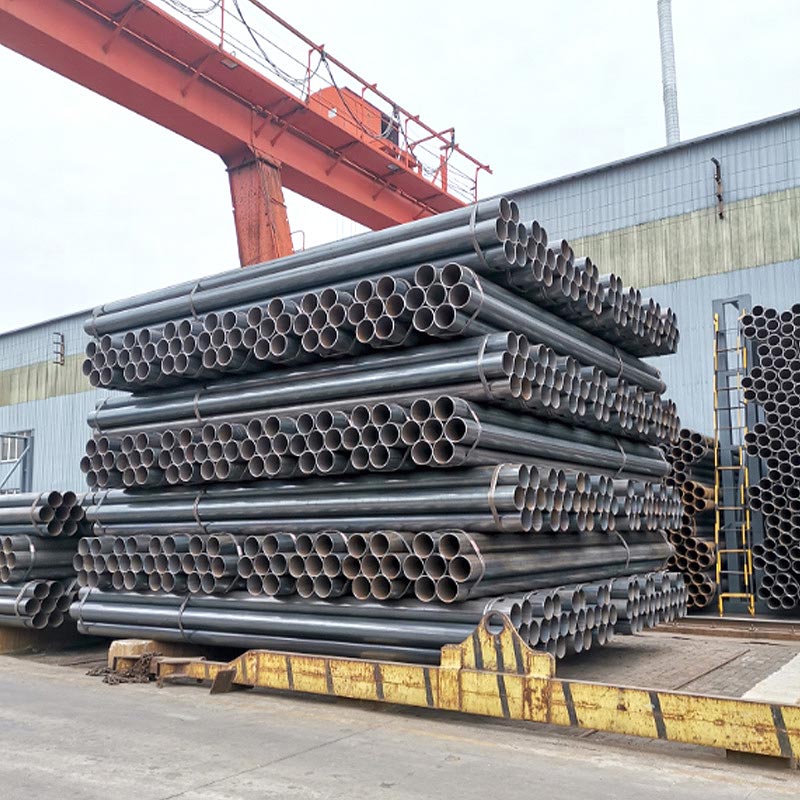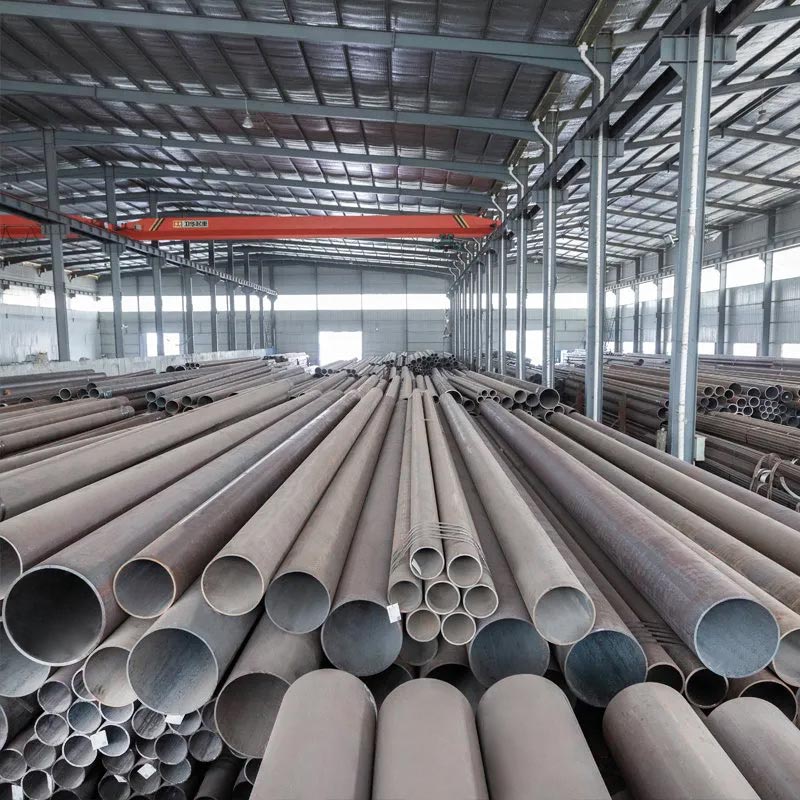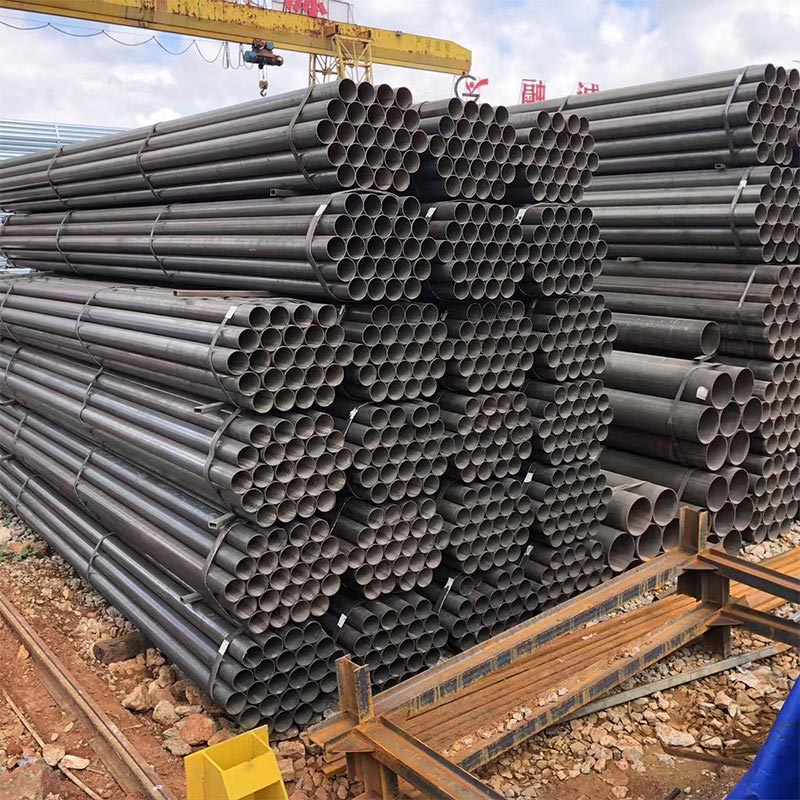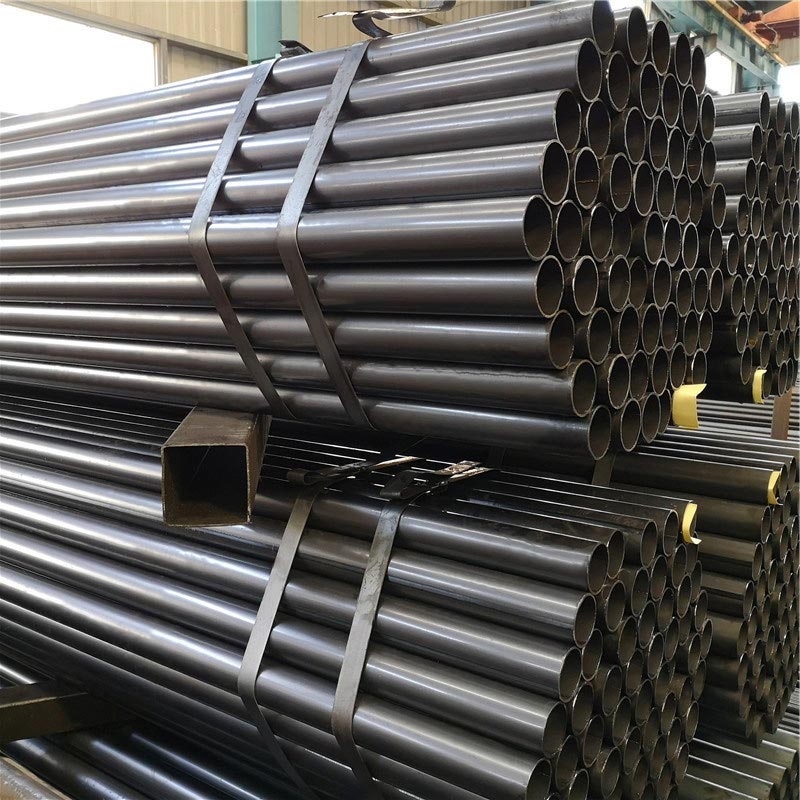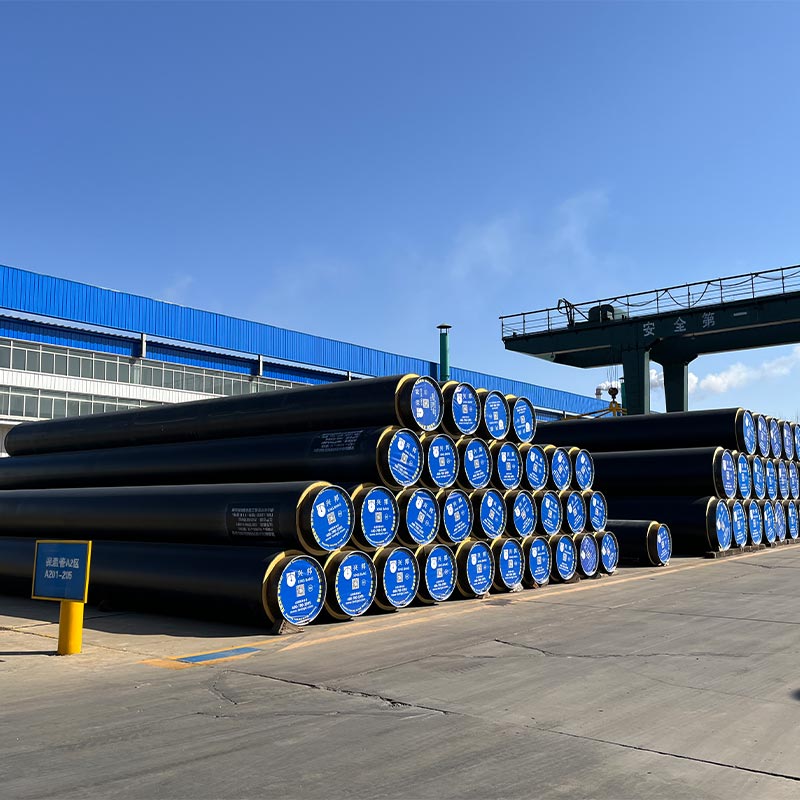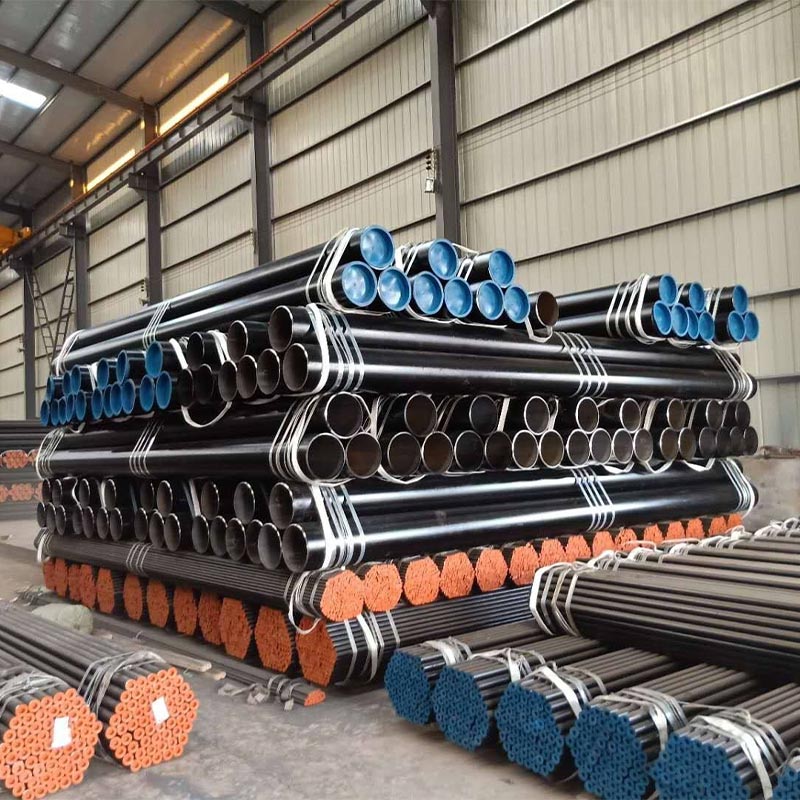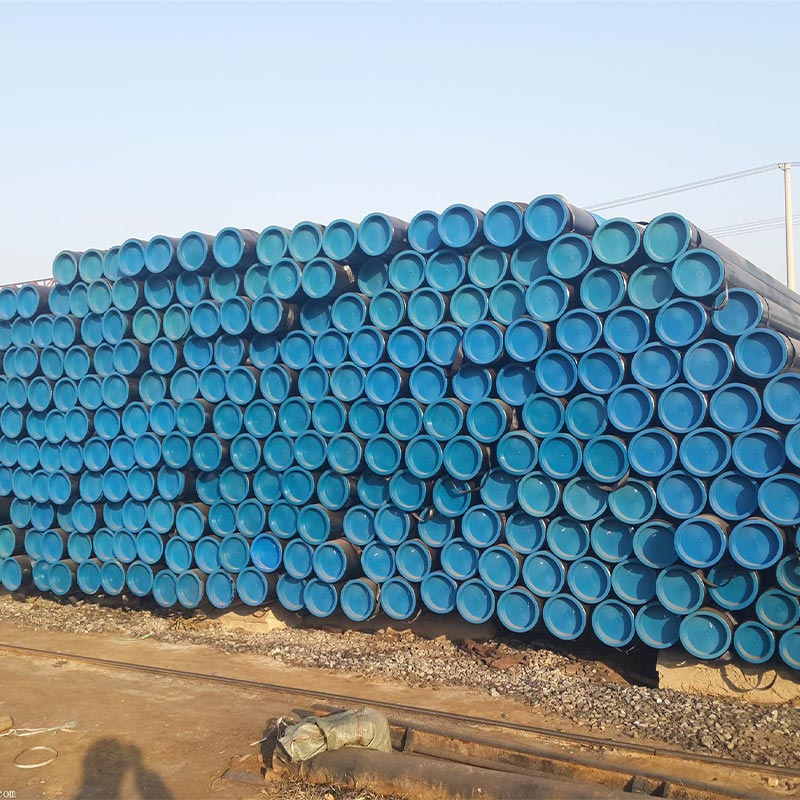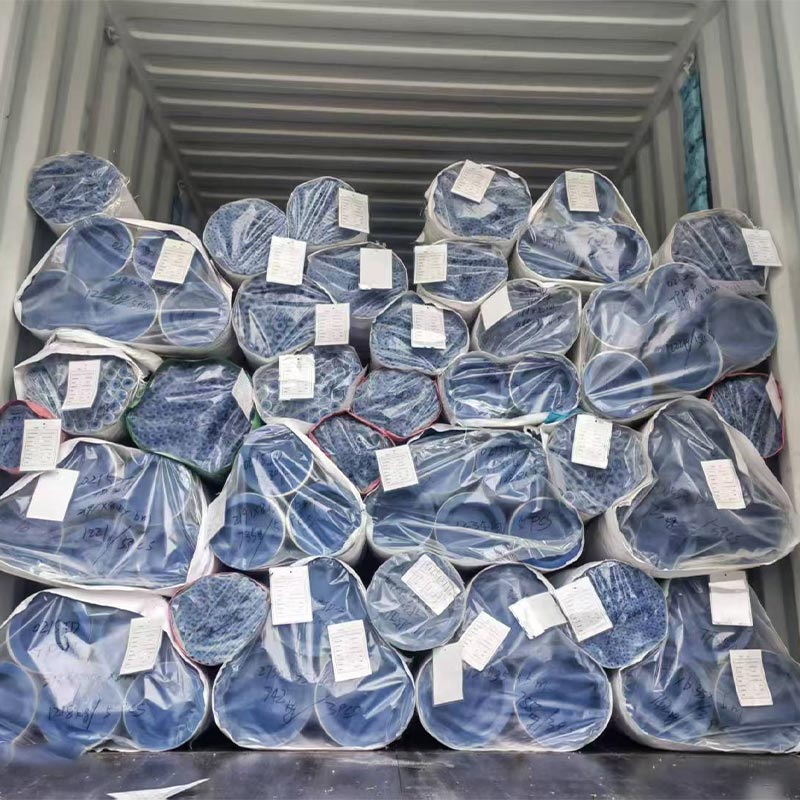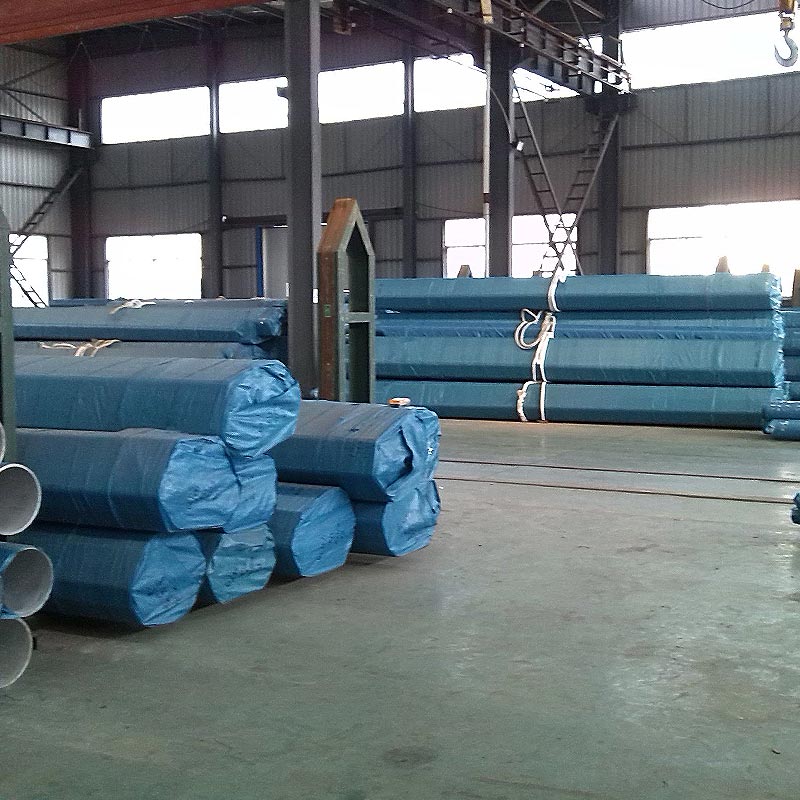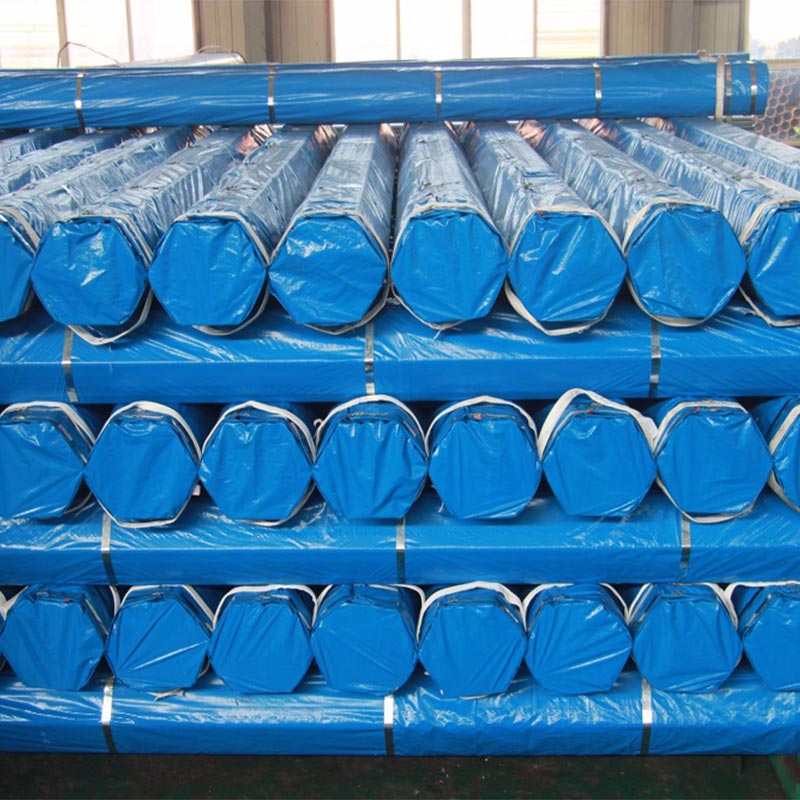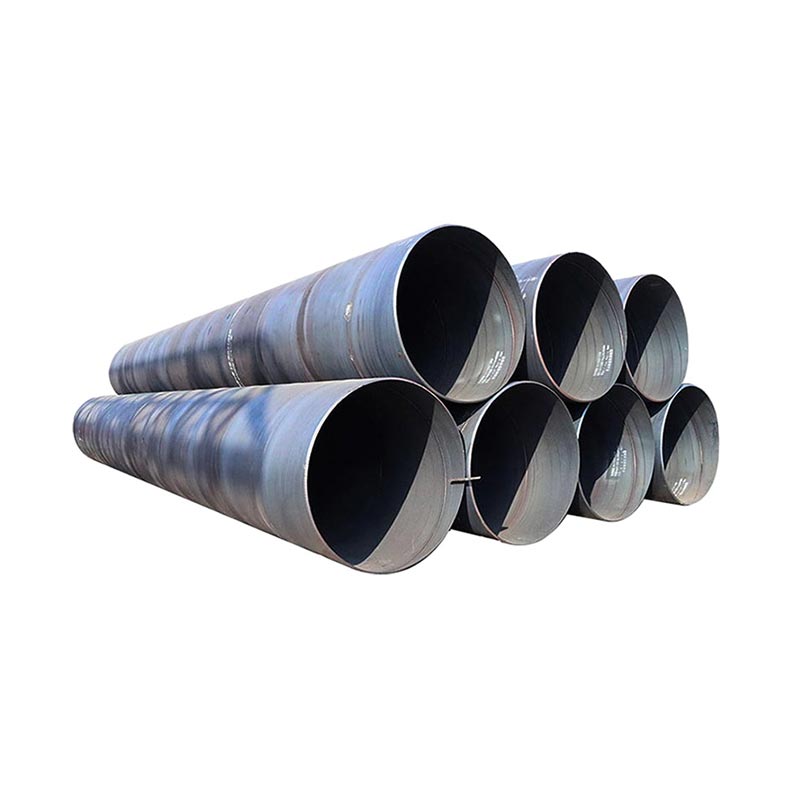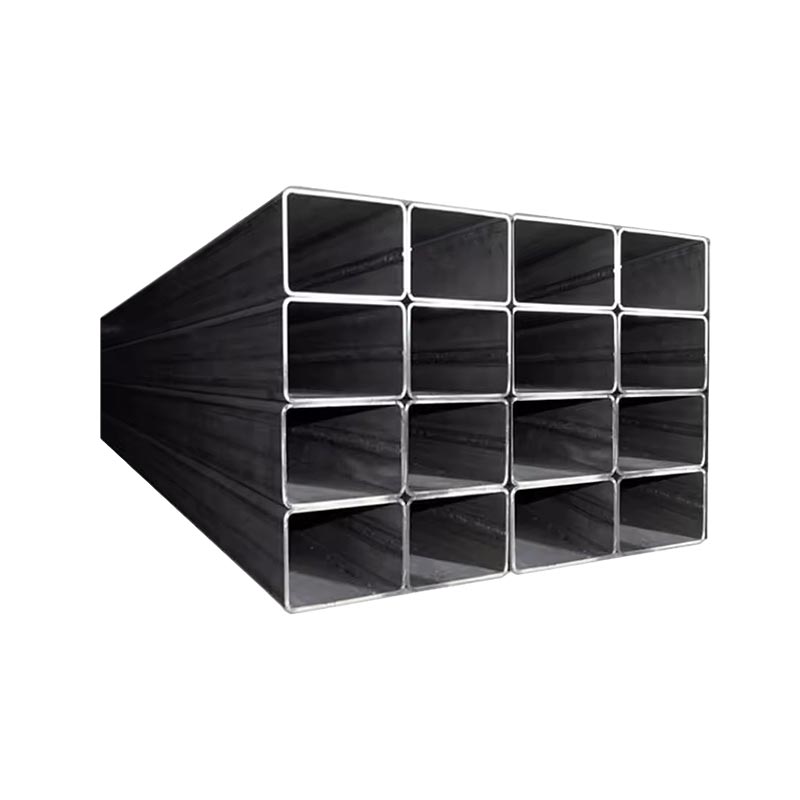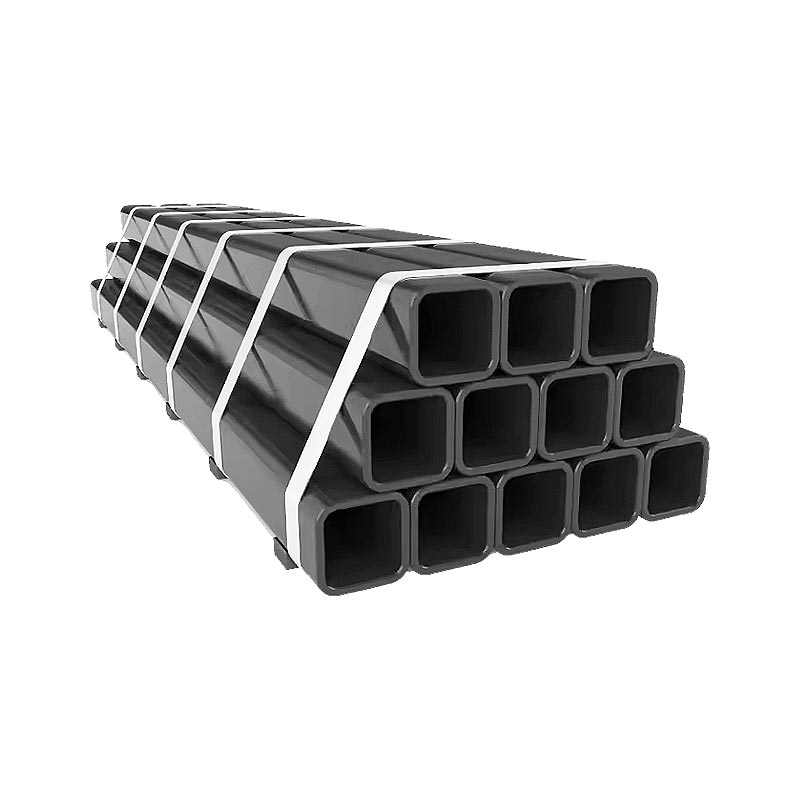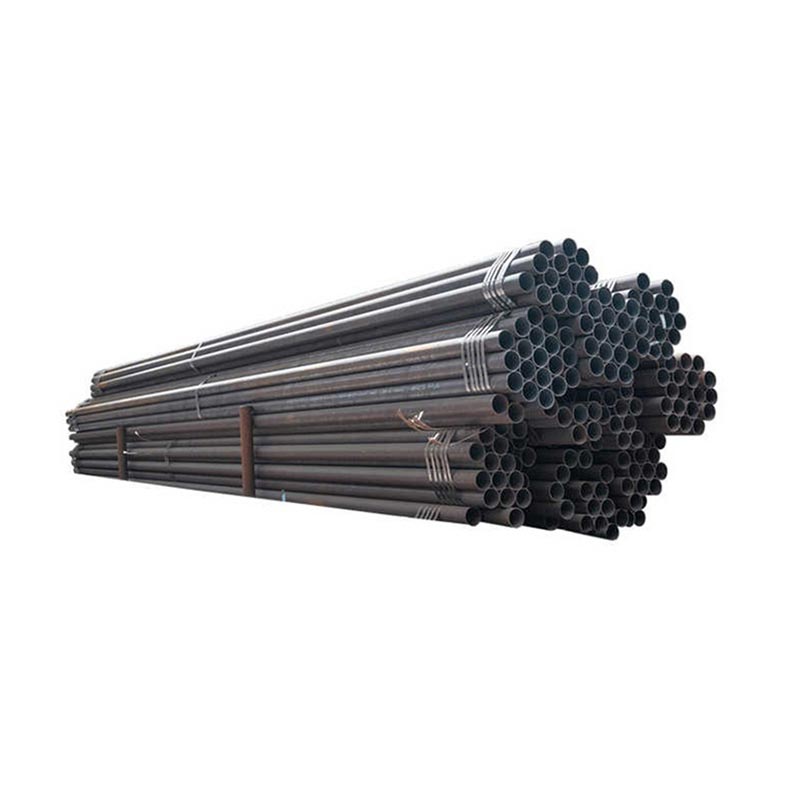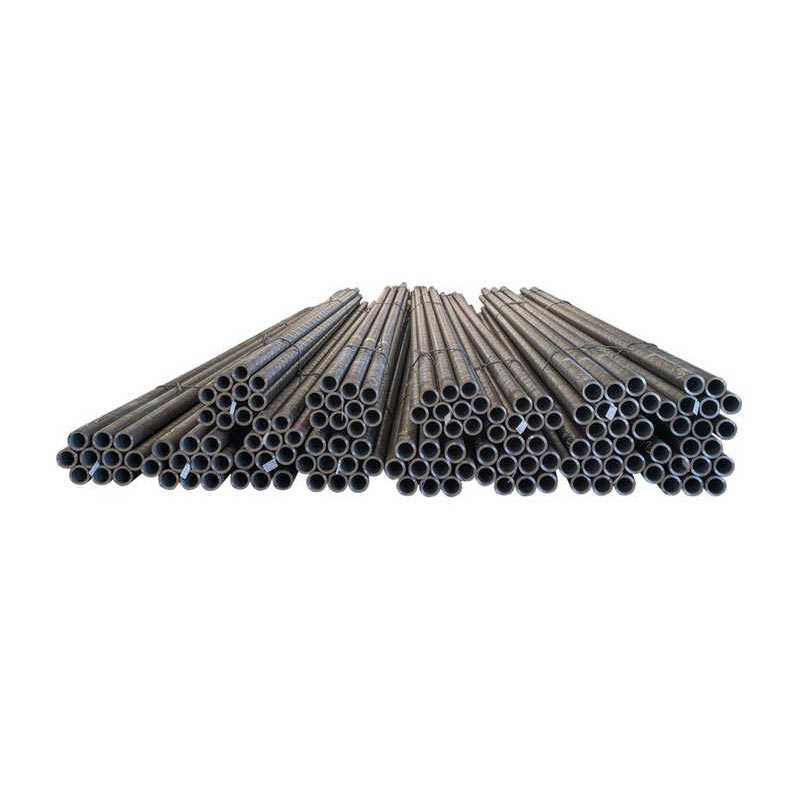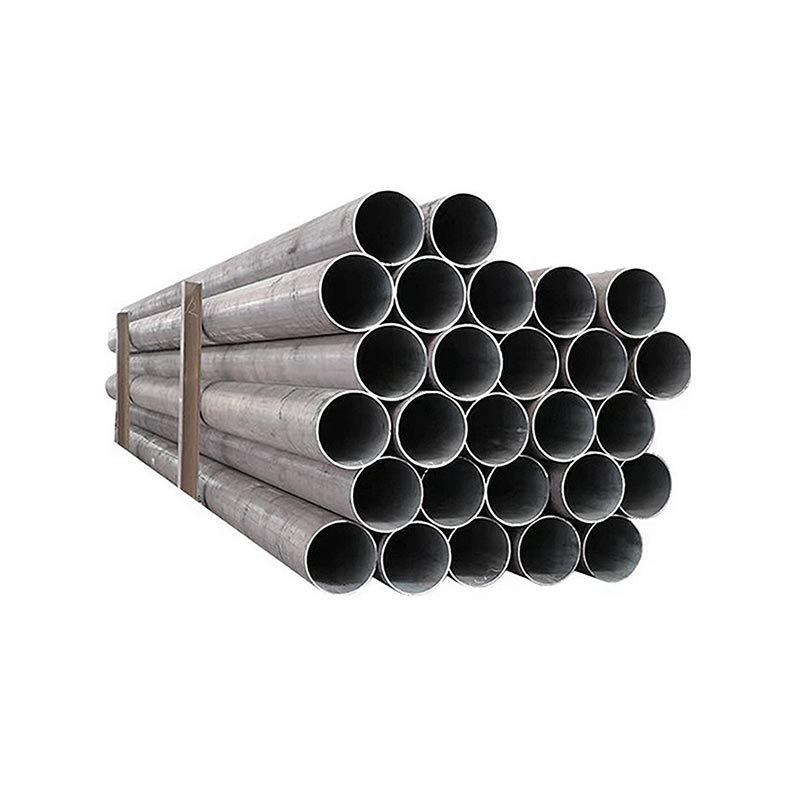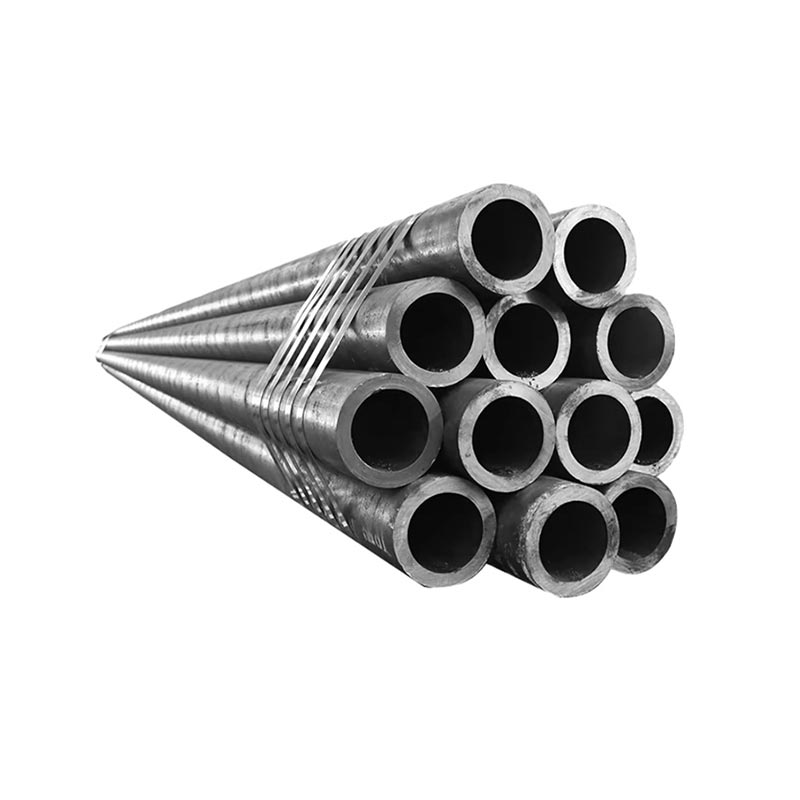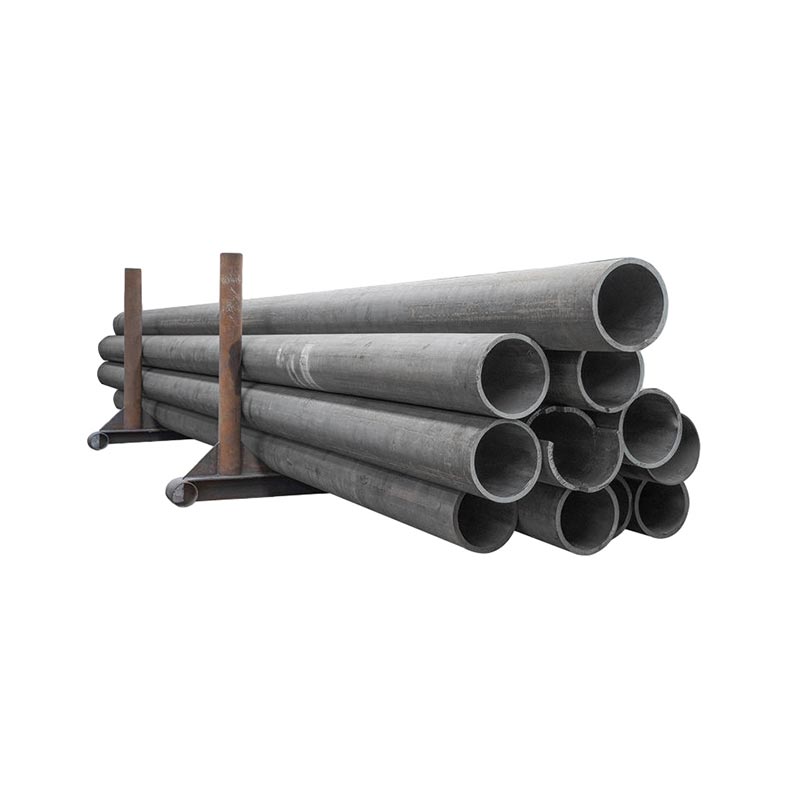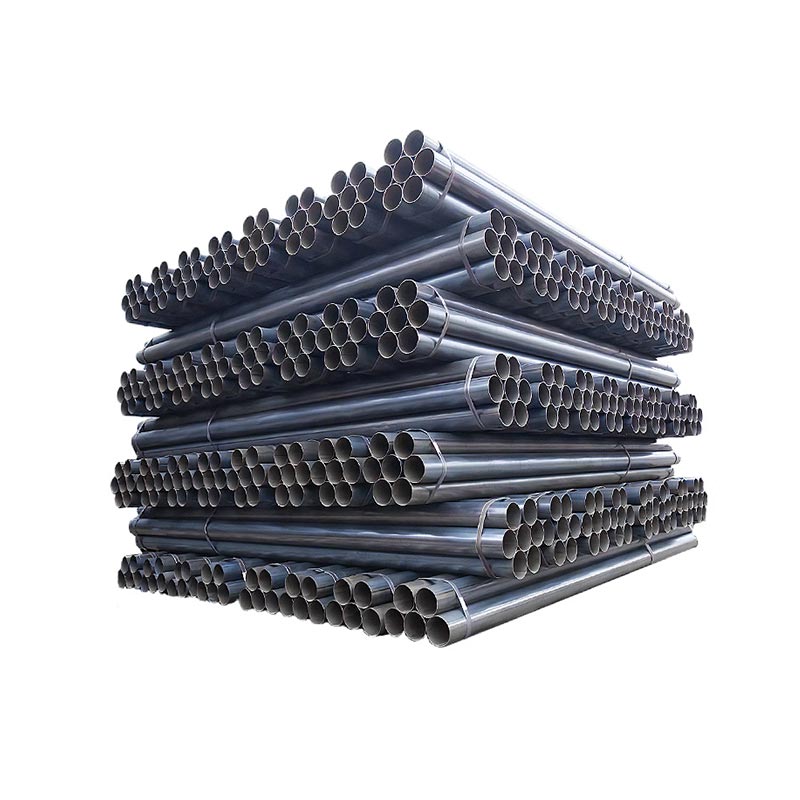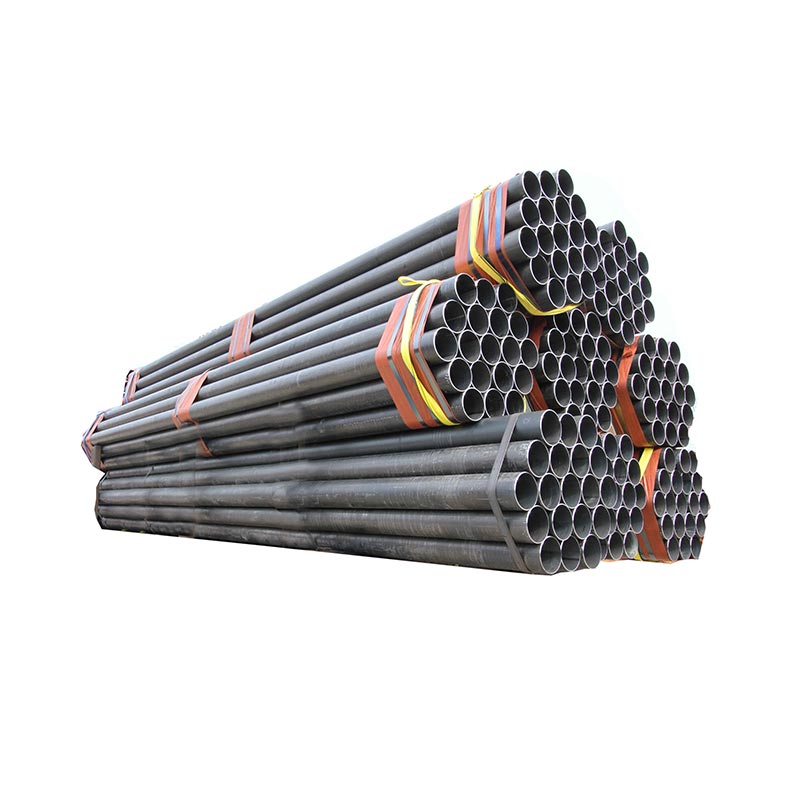Carbon Steel Pipe
● A carbon steel pipe is a cylindrical tube made from carbon steel, an alloy of iron and carbon with trace elements. Classified by carbon content (low, medium, high), it balances strength, durability, and cost-effectiveness.
● Low-carbon pipes (e.g., A53) excel in weldability and ductility, used for water, gas, or structural applications. Medium-carbon types offer higher strength, suited for industrial pipelines. High-carbon variants, though harder, are less common due to reduced flexibility.
● Widely used in construction, oil/gas, and manufacturing, these pipes come in various sizes and wall thicknesses, with seamless or welded designs, serving fluid transport and structural roles.
View Video
ASTM A252 Welded Pipe
ASTM A252 welded pipe is a carbon steel product designed for piling applications, per ASTM standards. Available in three grades (1, 2, 3) with varying tensile strengths, it’s used in foundation piling for construction, bridges, and marine structures. Welded for durability, it withstands heavy loads and soil/ water exposure. Its robust design ensures stability in structural support, offering cost-effectiveness and suitability for driven or drilled pile systems, meeting strict engineering requirements for load-bearing performance.
Get A Quick Quote!
You Can Leave Us A Message
or Send Us An Email!
Product Details
Product Parameters
Packaging and Transportation
Related Products
Leave Us Message
Please give us a message
What are you lookking for?


